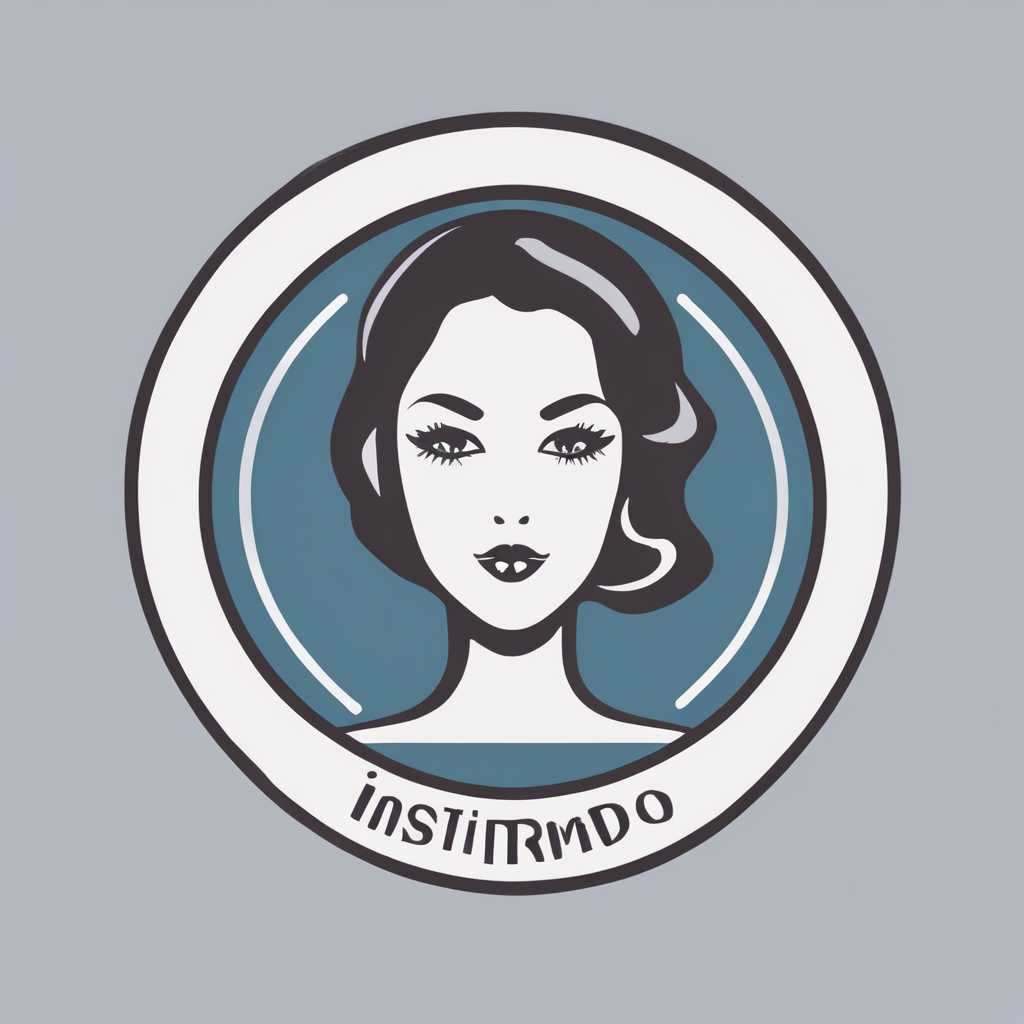Choosing Perfect Heels for Cobblestone Streets
When seeking heels for cobblestone streets, prioritising comfort and stability is crucial. Cobblestones, known for their uneven surfaces, require particular features in footwear. Firstly, choose a heel with a broader base. Block heels offer greater stability, distributing weight evenly and reducing the risk of twisting an ankle. Additionally, a heel height of 2-3 inches is ideal, balancing elegance and practicality.
Opt for shoes crafted from durable yet flexible materials. Soft leather or suede allows for better movement while navigating the uneven terrain of UK towns. Equally important is the sole design. A rubber sole provides excellent grip, reducing the risk of slipping. Cushioned insoles enhance comfort, making longer walks more enjoyable.
Also read : The definitive handbook for choosing ideal sunglasses to elevate your british summer festival adventure!
When selecting walking shoes for UK towns, consider wedges. They offer increased support, with their full-sole contact providing added balance on cobblestones. Choosing comfortable footwear doesn’t mean sacrificing style. Many elegant designs incorporate these essential features. Whether exploring historic sites or simply taking a stroll, selecting wisely can make your experience both memorable and mishap-free.
Fashion and function coexist through smart choices, ensuring you stand out and stay secure.
Additional reading : Crafting Your Eco-Friendly Capsule Wardrobe: Explore Leading Sustainable Fashion Brands in the UK
Popular Heel Styles for Strolling
When it comes to pairing style with practicality, fashionable heels play an important role. Selecting the right shoes doesn’t mean sacrificing essential comfort.
Wedges
Wedge heels are a top choice for walking-friendly shoes because they provide comprehensive foot support. The full sole design ensures even weight distribution, aiding balance on uneven terrain. Plus, they effortlessly merge elegance with practicality, making them ideal for both urban and rural settings.
Block Heels
Block heels are another excellent example of stylish footwear options. Their wide, solid base enhances stability, reducing the risk of accidents on cobblestones. Perfect for day-long outings, these heels keep you comfortable and chic.
Ankle Boots
Ankle boots are uniquely stylish and versatile. Featuring sturdy soles, they offer protection from the environment while maintaining aesthetic appeal. These walking-friendly shoes can be paired with a variety of outfits, from dresses to jeans. Whether you’re on a shopping spree or an evening outing, ankle boots ensure you stay fashion-forward without compromising on comfort.
Exploring these heel styles keeps you up-to-date with fashion and ensures enjoyable and safe walks, regardless of cobblestone streets or smooth pavements.
Wool Types for Custom Knit Sweaters
Selecting the best wool for knitting is crucial. Different wool types offer varied characteristics, affecting the outcome of your project. Merino wool, renowned for softness and breathability, is ideal for lightweight sweaters. It’s excellent for retaining warmth without feeling heavy, making it suitable for almost any climate. On the other hand, alpaca wool, with its silky texture, provides exceptional insulation and is hypoallergenic, beneficial for sensitive skin knitwear.
When choosing wool, consider factors such as the gauge, elasticity, and durability, which impact the knit’s appearance and wear. Coarse wool blends, like those mixed with cashmere or silk, add luxury but might require more delicate care. Additionally, evaluate the environmental impact. Sustainability in wool sourcing involves opting for eco-friendly and ethically-produced fibres. Local wool offers a reduced carbon footprint and supports community artisans.
Yarn recommendations often suggest matching the wool type to the intended item’s use. For instance, a robust, washable wool blend is better for everyday wear. By understanding the qualities of different wools, you can make informed decisions, ensuring your custom knit sweater is both beautiful and functional.
Sourcing Quality Wool
When considering the purchase of quality wool, ethical wool sourcing plays a crucial role. It ensures that the wool is harvested sustainably, aligning with environmental and social standards. Opting for reputable sources guarantees the wool’s quality and ethical production.
Local Yarn Shops
Local yarn shops offer a tactile experience and personalised service, where buyers can feel the texture and quality of the wool firsthand. Supporting these businesses not only guarantees high-quality wool but also bolsters community artisans and the local economy. These shops often provide unique yarns that may not be available online.
Specialty Online Retailers
Reputable specialty online retailers offer a vast array of options, perfect for those seeking rare wool blends or specific yarn requirements. They often provide detailed descriptions and reviews, aiding in informed purchasing decisions. This convenience comes with the benefit of doorstep delivery, making them a practical choice for those with limited local options.
Wool Fairs and Festivals
Engaging with wool fairs and festivals offers a direct connection to producers, ensuring transparency in sourcing. These events are a treasure trove for high-quality and unique wool, fostering community connections and celebrating craftsmanship. Through these platforms, enthusiasts can discover innovative yarn options and purchase directly from wool suppliers.
Knitting Techniques for Beginners
Embarking on your knitting journey requires understanding basic knitting tips. Fundamental stitches form the foundation of any knitted piece. The knit stitch and purl stitch are pivotal for beginners. Learning these two stitches allows you to create a variety of patterns and textures. Moreover, mastering them is crucial for designing DIY sweater patterns.
Choosing the right tools influences your success. For beginners, selecting needles that match the yarn type is vital. Wooden or bamboo needles offer more grip, making them ideal for those learning the ropes. Consider the project size when choosing needle length, as longer needles accommodate larger items like sweaters.
Utilising simple patterns helps incorporate different wool types effectively. Patterns focusing on straight lines, such as garter or stockinette stitches, are excellent for novices. These techniques showcase the wool’s texture and warmth while allowing easy integration of more complex patterns as skills advance.
Remember that perseverance is key. By building a foundation with these beginner knitting techniques, you can gradually explore more intricate designs. Achieving a handmade sweater starts here, with the right combination of tools, techniques, and materials.
